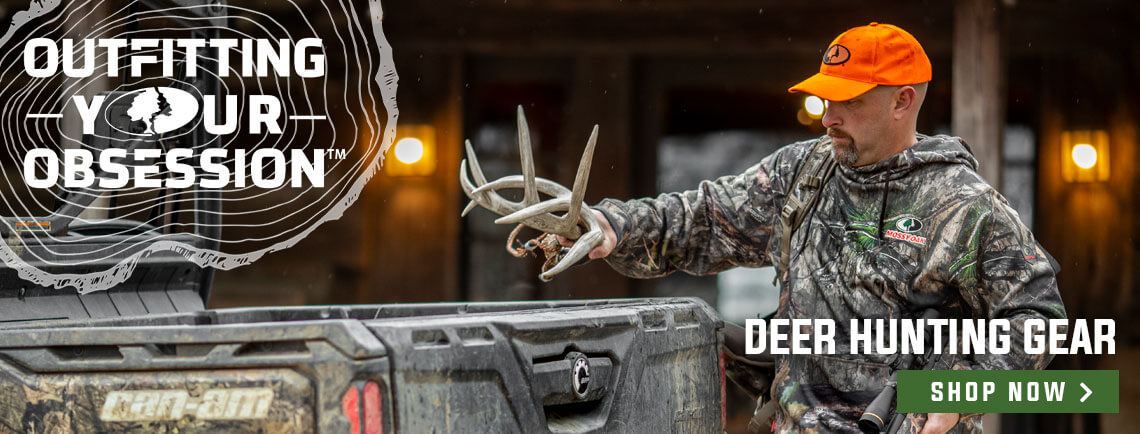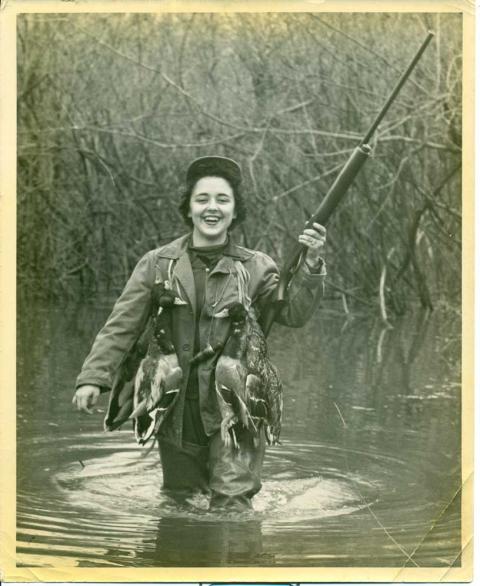Heath Wood
When I envision deer hunting with a muzzleloader, I often relate it to late-season hunting and one more attempt to fill any remaining tags for the year.
Even though many states have muzzleloader seasons earlier in the season, I think of it as a late-season event. Some states, such as Kansas, have an early season in September. However, in my home state of Missouri, the season occurs in late December and runs through the first week of the new year. With a late-in-the-year muzzleloader season, I have always looked at it as an opportunity to fill any buck tags that may be burning a hole in my pocket or finish the task of filling the freezer by harvesting a couple of does for management purposes. If you are hunting in a state that allows hunting with a muzzleloader during the late season, I encourage you to try to end the season with a bang, followed by a white puff of smoke from the end of your barrel.
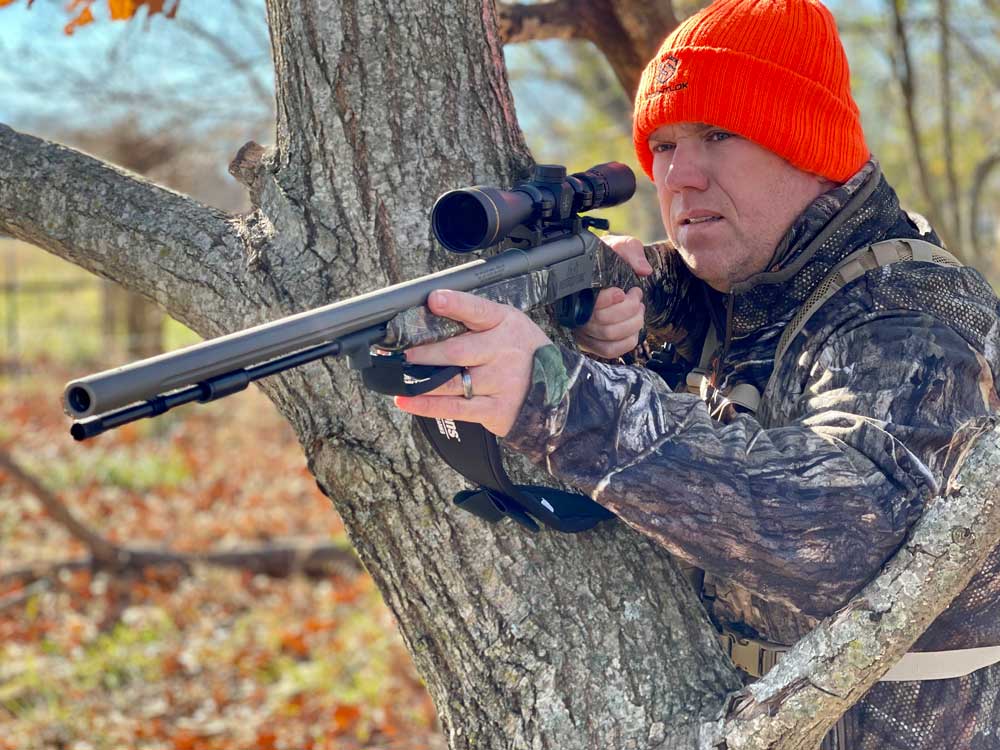
Benefits Of Harvesting Does, Late Season
I spend countless hours in the woods chasing after a trophy buck throughout the year. I often begin the season in mid-September with a bow, then continue archery hunting until mid-November, when I trade my bow for a rifle for a couple of weeks for the firearms season. Hopefully, in the three months of hunting before the muzzleloader season that begins in late December, I have harvested the two bucks that I am allowed in Missouri and enter the late season with only one or two doe permits.
The benefit of only having doe permits remaining when the late-season arrives is that the pressure of harvesting a buck is gone, and it allows me to relax and enjoy the hunt for does. During this period, I enjoy taking my Traditions NitroFire muzzleloader and going after a couple of does. I have to admit, when I know I am only hunting for a doe and one walks in, I get nervous, the same as if it was a 150-inch buck walking in. The excitement of hunting and harvesting an animal feels like no other, which is why I hunt. If that feeling of exhilaration goes away one day, that will be the day I stop hunting.
Another reason I enjoy hunting for does during the latter portion of the season is because of the opportunity to have quality venison to put in the freezer. I have always been a fan of letting my harvest hang on a gambrel for at least twenty-four hours before processing. In my opinion, the meat is easier to process if it can naturally cool down. In October and November, we still have days where the temperatures are too warm during the day for the venison to hang safely.
Many hunters say that the early season is the best time for harvesting does for management purposes. However, to balance the buck-to-doe ratio more accurately, I prefer waiting until the late season when most bucks have already been harvested. Once you tally up how many bucks were taken on your property, you can then even the numbers by harvesting the appropriate amount of does.
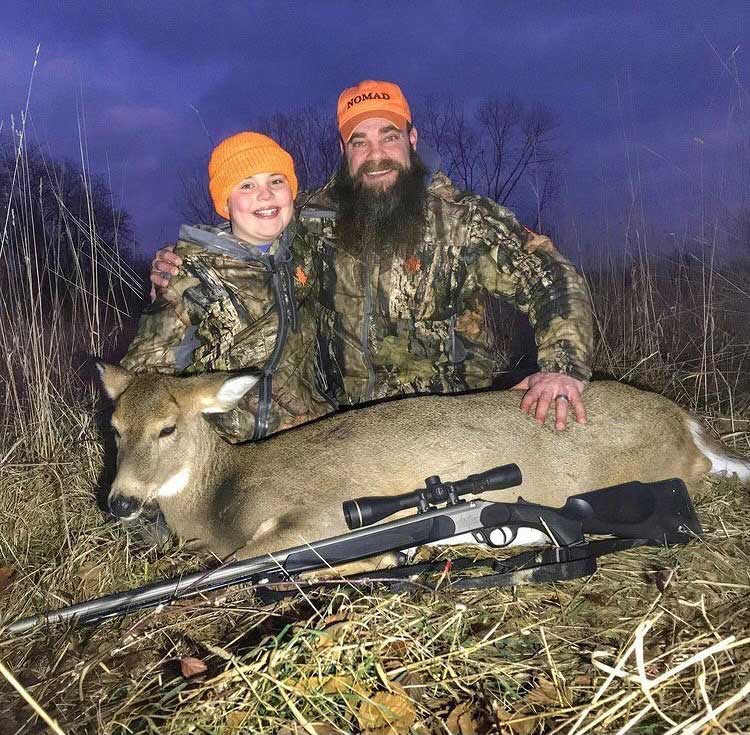
Tagging A Late Season Buck
If your season hasn’t gone as planned, you may find yourself entering the late-season scurrying to find a mature buck to wrap your tag around.
When hunting mature bucks during the latter part of the season, one must remember the hunting tactics are slightly different from the past three months prior.
It is vital to remember that bucks are not in bachelor groups like hunting in the early season. The bucks are not traveling a large portion of your hunting area trying to leave their sign by making rubs and scrapes like they do in October. The rut that occurred in late October and into the first few weeks of November has also ended. Even the chances of catching a buck trying to breed a doe that wasn’t bred the first rut have probably passed by as well.
When the last part of the season has arrived, most likely, bucks only have one thing on their mind, and that is surviving the cold winter. To survive the colder temperatures that winter brings, deer need to fuel up on food. Often deer can be found in crop fields or late-season food plots trying to regain the energy they lost during the November rut and trying to pack on extra weight to keep warm for the winter. The additional need for food means that hunting near food sources is necessary to find a mature buck before the season ends.
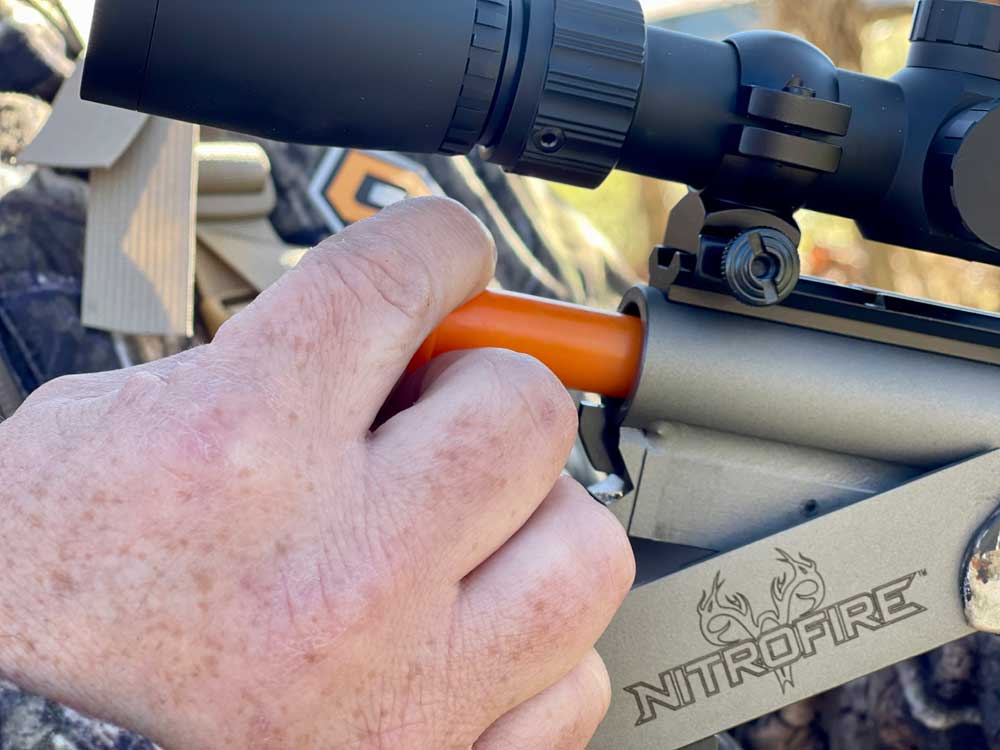
A mature buck is easy to pattern during the late season. Typically, mature bucks only travel from food sources to their bedding area. Again, bucks are trying to re-stock on pounds and energy during this period. Food and rest are what take up their daily routine. To find the best movement is simple, find where the shortest distance between food and bedding areas are, and you will find the best chance of encountering a mature buck during the daylight hours.

